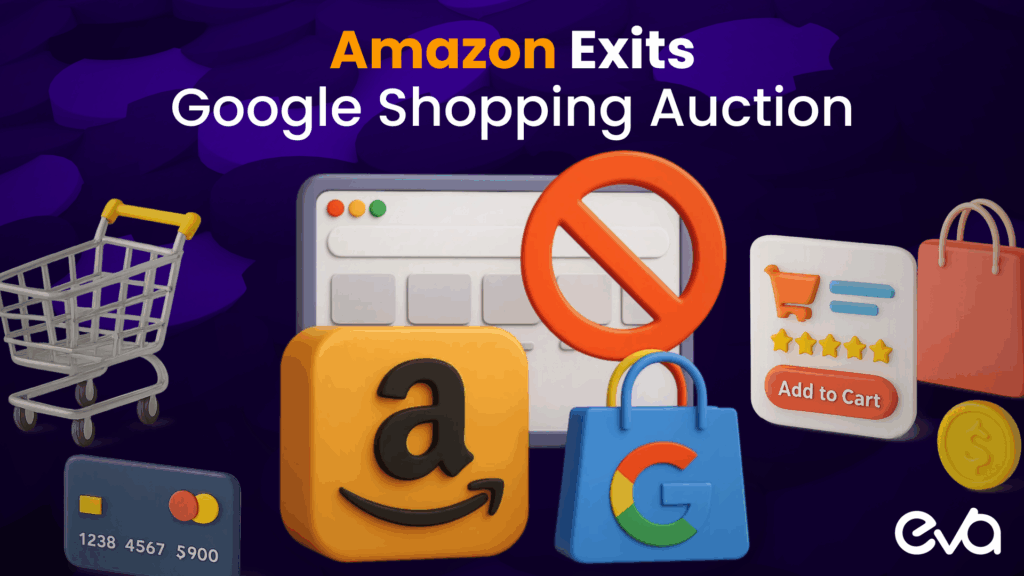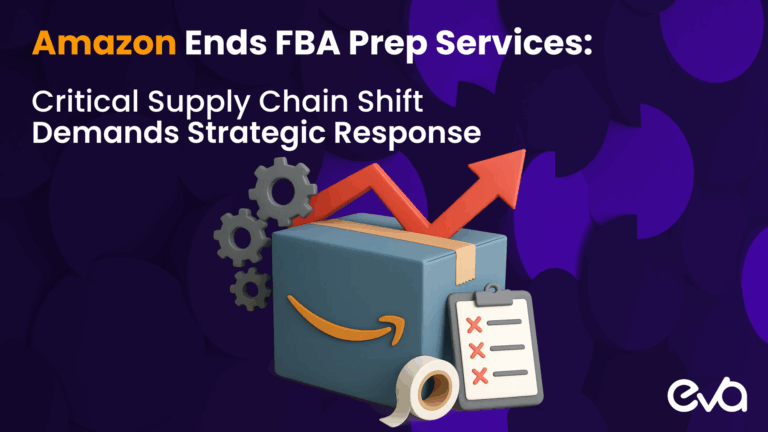The digital advertising world is undergoing rapid changes, with Amazon’s recent exit from Google Shopping ad auctions marking a pivotal moment for e-commerce brands.
This unexpected move is shaking up the status quo, offering new opportunities for competitors to gain ground.
Historically, Amazon has dominated Google Shopping, appearing in approximately 30% of auctions. Its sudden departure raises important questions for e-commerce sellers: what does this mean for the future of CPC rates and competition?
This shift could reduce CPCs, increase visibility for smaller brands, and alter the dynamics of online retail advertising, creating opportunities to capture traffic that Amazon once commanded.
Understanding the implications of this change—and adapting swiftly—could provide a competitive edge in an evolving digital landscape.
Table of Contents
Amazon’s Exit from Google Shopping: A Game-Changer for Retail Advertising
Amazon’s withdrawal from Google Shopping has sent shockwaves through the digital advertising ecosystem.
As Mike Ryan, Head of Ecommerce Insights at SMEC, describes it, this move is “colossal” and has the potential to significantly disrupt the digital retail landscape.
For years, Amazon used Google Shopping as a key channel to drive traffic into its own ecosystem. By exiting these auctions, Amazon’s influence on pricing dynamics is now removed, potentially lowering CPC rates and giving other retailers a chance to capture traffic previously dominated by Amazon.
Why Did Amazon Leave?
Speculation is rife regarding the reasons behind Amazon’s decision. Some suggest it may be an attempt to cut costs with Google, while others point to internal shifts in Amazon’s advertising strategy or ongoing AI initiatives. Whatever the reason, the exit has caused an immediate stir.
The critical question now is whether this is a temporary move or a long-term strategy. Either way, competitors now have a window of opportunity to capitalize on Amazon’s absence.
Industry Experts Weigh In
Several industry experts have shared their insights on the situation:
- Josh Duggan, Co-Founder of Vervaunt, emphasizes the significance of Amazon’s exit, noting that Amazon typically participated in 30% of Google Shopping auctions. He cautions, however, that CPCs have not yet drastically dropped.
- David Kyle, Senior Paid Media Manager at National Positions, mentions difficulties triggering Amazon listings in Google Merchant Center, highlighting the complexity of the situation.
- Duane Brown, CEO of Take Some Risk, suggests that Amazon’s exit may be temporary, perhaps tied to seasonal shifts like Prime Day or back-to-school campaigns.
Opportunity for Competitors to Capture Traffic
With Amazon’s departure from Google Shopping, brands and advertisers can now compete more effectively.
Lower CPCs and increased visibility in search results create a fertile ground for smaller brands to increase their market share.
As Mike Ryan highlights, this is an ideal moment for brands to target Google Search campaigns that drive attribution to Amazon ads, making it an excellent time to capture valuable impressions and clicks.
Why This Matters for Sellers
The removal of Amazon from Google Shopping marks a pivotal change for the digital retail advertising landscape.
With CPC rates potentially dropping and competitors gaining ground, brands must act quickly.
Leveraging AI-powered tools and data-driven strategies will be essential to staying competitive during this shift.
By optimizing ad spend and targeting, e-commerce businesses can maximize their return on investment and thrive in this new environment.
Eva Perspective: Maximizing Growth with AI-Powered Strategies
At Eva, we recognize the importance of agility in response to market shifts like Amazon’s exit from Google Shopping. Our AI-powered tools and human-driven expertise help brands stay ahead by optimizing ad spend, improving targeting, and increasing conversions.
If you’re looking to seize this opportunity and scale your advertising efforts, contact Eva for a free audit. Discover how our AI-driven strategies can help you navigate these changes and unlock sustainable growth.








